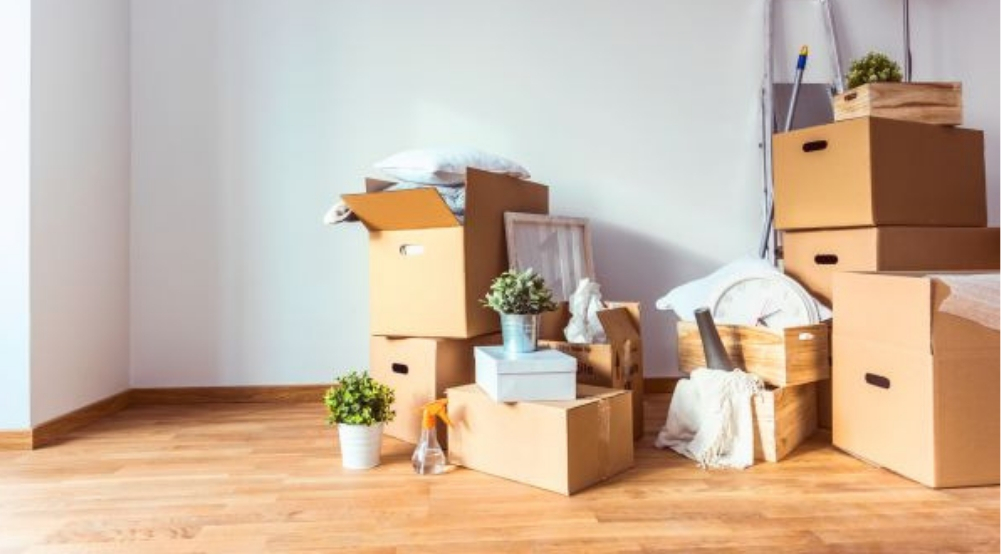Moving house can be an incredibly stressful experience. We asked the experts how to make your move, if not entirely stress-free, then as smooth as it can possibly be.
Breathe
Deep breaths, you’ll get through this. Moving is often stressful for emotional reasons as well as practical ones, professional declutterer Sarah Cottman says.
“When you move, you start touching things that you’ve potentially not looked at for years. Just the very nature of picking something up that could belong to another time of life, or to somebody who’s no longer around, can cause enormous stress.”
Once you’re aware of this, you can take practical steps to address it. Being organised also helps.
“What you want on the day is to remove as much stress as much as possible from the process, because it is going to be stressful, and it is going to take longer than you imagine it will.”
First things first: get decluttering
Start with the surface-level clutter. Moving house can be a good excuse to declutter your life, particularly for downsizers, and Cottman suggests going through the process as far in advance as possible. “If you declutter first, you have less to move, so there will be less cost, and ultimately less stress.”
Decluttering requires determination, and it’s easy to waste time as you absentmindedly consider the value of old birthday cards, or that fidget spinner you bought on impulse.
Cottman says that being clear about what stays and what goes is crucial to making the move as painless as possible. “Don’t take the indecisiveness along with you.”
Safely dispose of hazardous materials
When it’s time to move, you come across many items you have kept just in case they are needed. Old paint sitting in the shed or garage is top of mind. Items such as paint, gas bottles, motor oils and batteries require special disposal.
“If these types of items are left on the kerbside, council won’t collect them,” says Kathy Giunta, director of waste and resource recovery at the NSW Environment Protection Authority.
The best option is to drop them off at a community recycling centre.
“With special treatment, many of the materials collected at the community recycling centre will be recycled. This is the best outcome for our environment,” Giunta says.
Gas bottles need to be disposed or properly.
“Have a look at cleanout.com.au and use the postcode search tool to find your closest community recycling centre. It is free to drop off your materials and there are staff on site if you need a hand with anything.”
While you’re in the garage or shed, if you also have garden, pool or hobby chemicals like photography chemicals, you can drop these items off at a free Chemical CleanOut event.
Label everything – even your rooms
Now that you’ve decluttered and safely disposed of hazardous materials, the next step is to label your boxes and even the rooms at the other end, particularly if it’s not immediately obvious what they are. That way if you’ve hired removalists, or have friends and family helping, you won’t have to waste mental energy telling them where to put things. Much better to use that brainpower locating the nearest coffee shop or bar instead.
Make a care package for yourself
After you’ve packed your life into boxes and got through the whole process, you don’t want to then spend hours trying to find the things you’ll need for the first night in your new home. Cottman suggests creating a care package for yourself and labelling it as such.
“Pack what you think you’ll need immediately, so that once you arrive you can have a coffee or a tea, you can clean your teeth and get straight into your PJs.”
That sounds much more bearable
